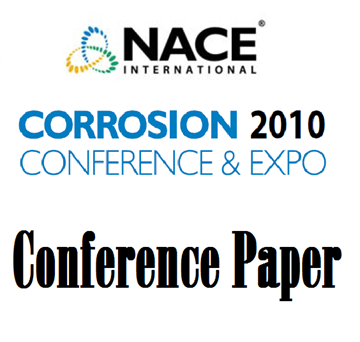Search
51316-7630-Effect of Iron Content on Localized Corrosion Resistance of Ni-Cr-Mo Alloy Weld Overlays in Chloride
Also Purchased
51316-7629-Effect of Iron Content on Corrosion Resistance of Ni-Cr-Mo Alloy Weld Overlays in Corrosive Environments
Product Number:
51316-7629-SG
ISBN:
7629 2016 CP
Publication Date:
2016
$20.00
51316-7610-Behavior of Steels and Alloys in Concentrated Sulphuric Acid under Different Flow Regimes – New Perspectives
Product Number:
51316-7610-SG
ISBN:
7610 2016 CP
Publication Date:
2016
$20.00
10262 Corrosion Resistance of Nickel Alloys and Super Austenitic Stainless Steel Weld Claddings as a Function of Dilution
Product Number:
51300-10262-SG
ISBN:
10262 2010 CP
Publication Date:
2010
$20.00




